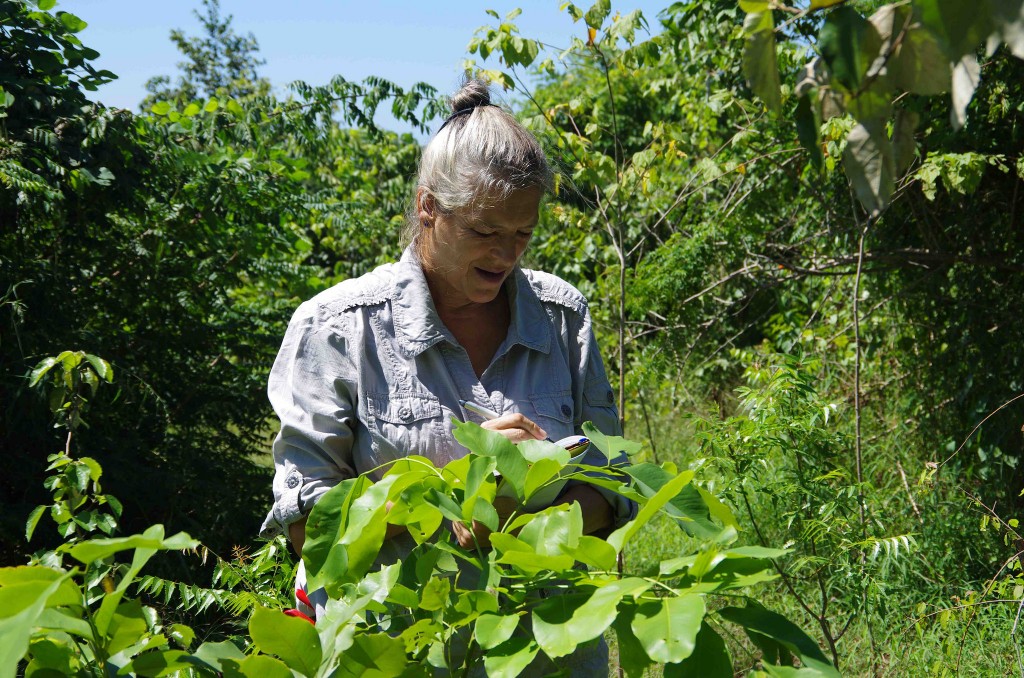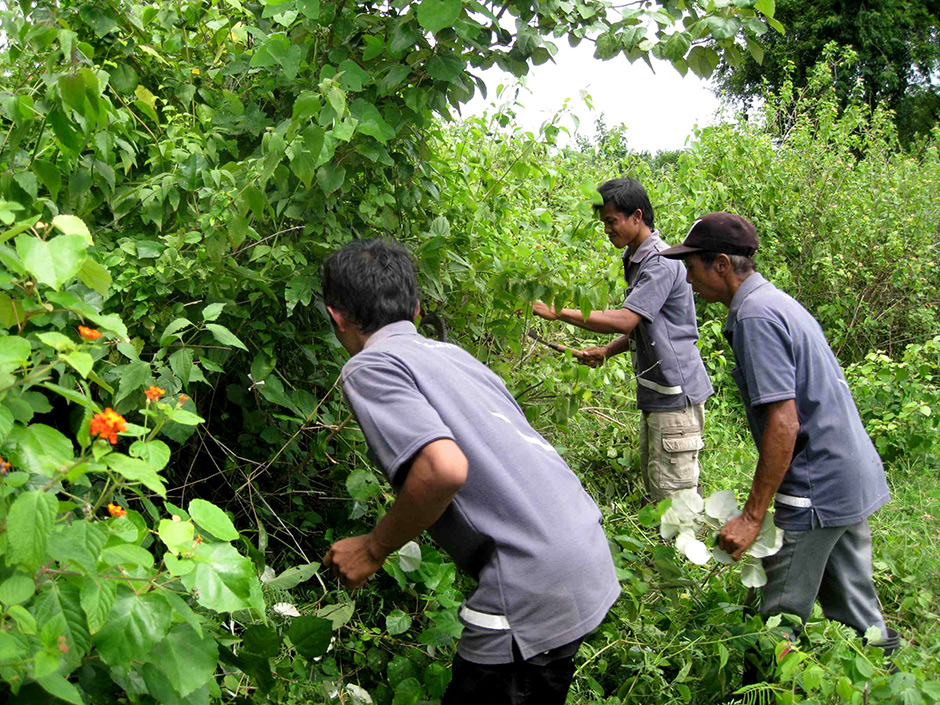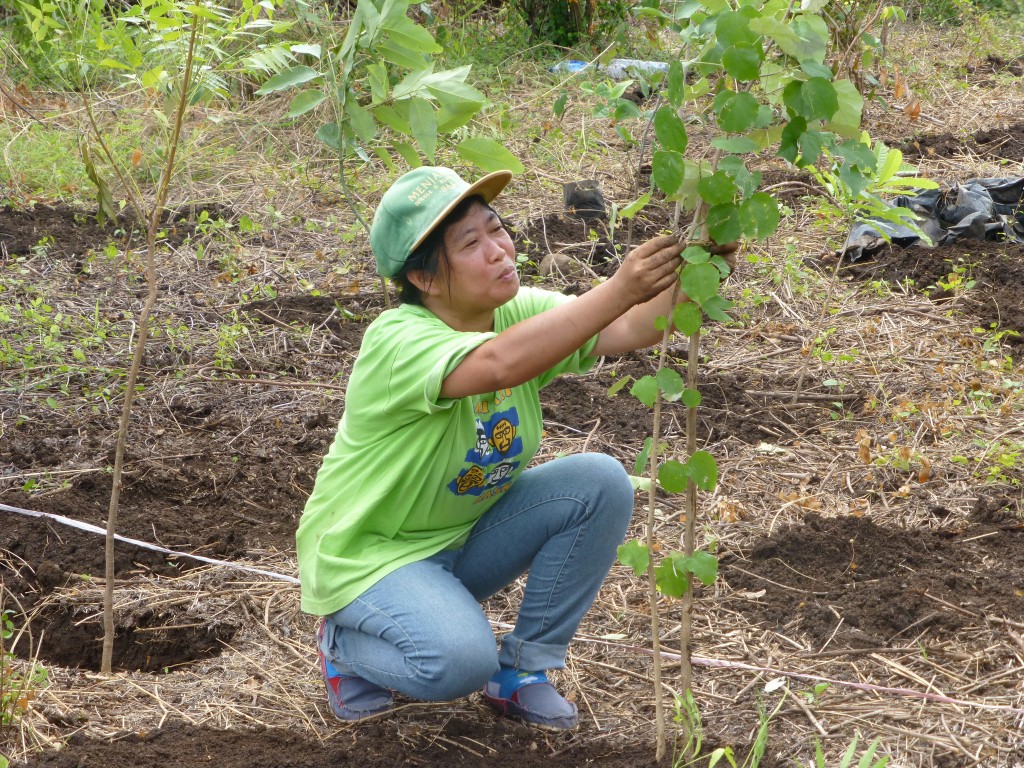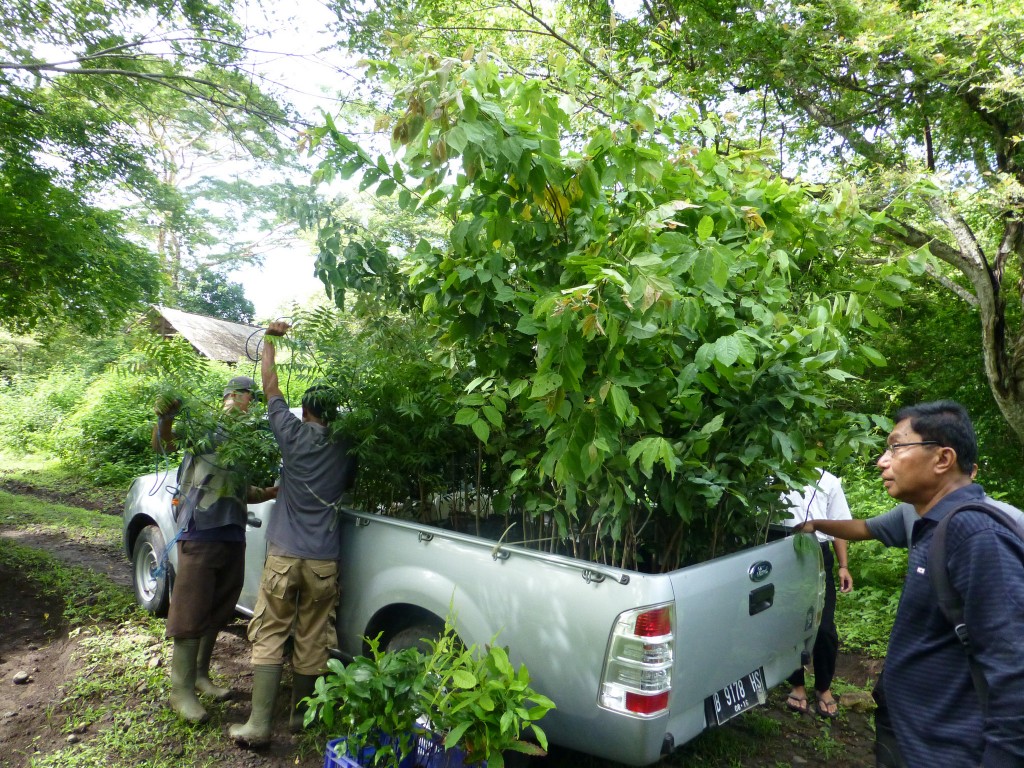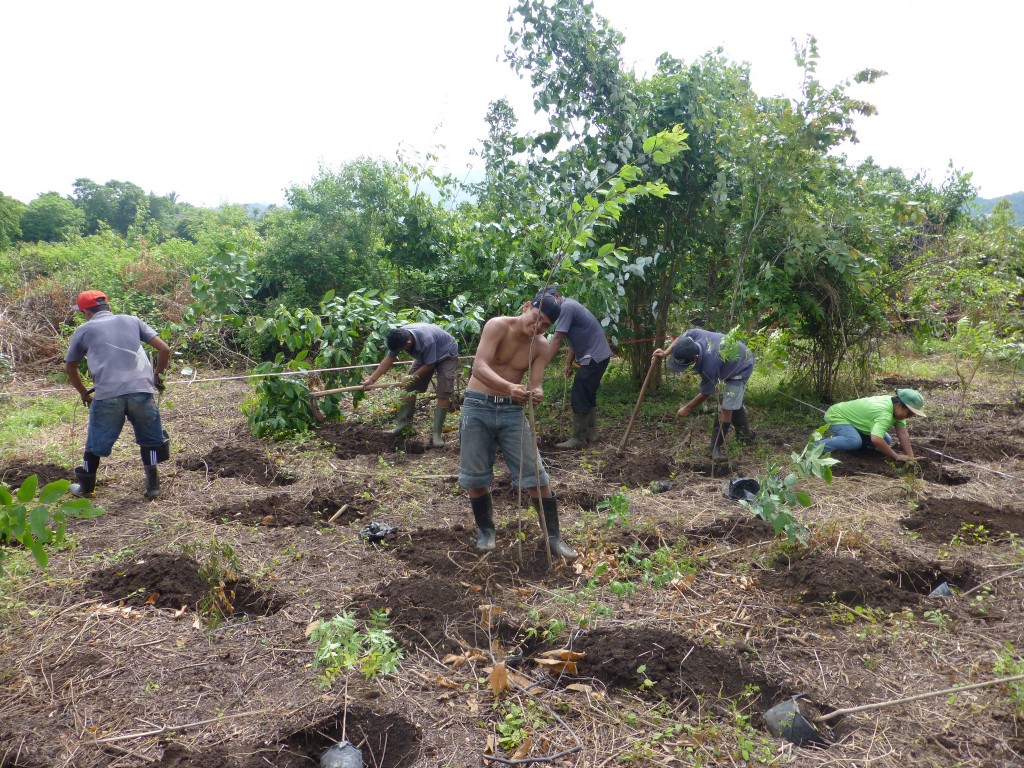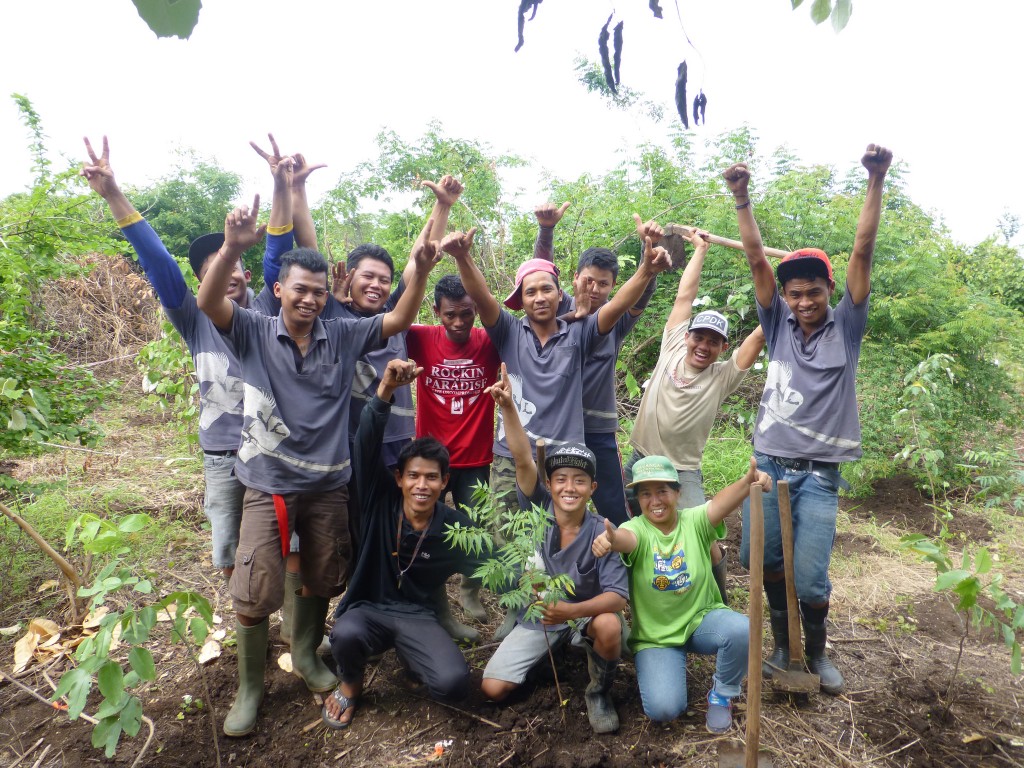Monsoon Forest Invasive Species Restoration
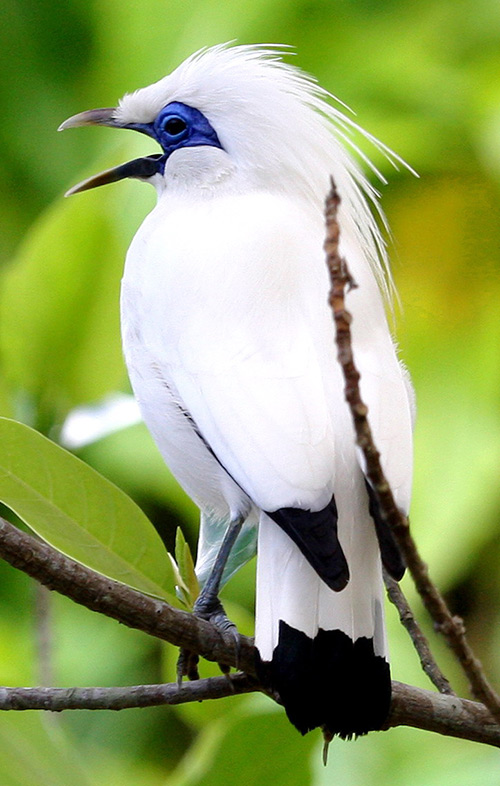
NW Bali is the home for Bali Barat National Park (BBNP) – an area of 15,587 hectares, which includes rainforest, monsoon forest/savannah, mangrove and coral reef ecosystems that are all threatened by human exploitation. The park provides habitat for 105 species of birds including the critically endangered Bali Starling (Leucopsar rothschildi),
seven species of mammals and many other protected plants including Sandalwood (Santalum album).
The coastal monsoon forest lies adjacent to most of the human habitation and suffers from encroachment by local people in search of carpentry woods, forage material, hunting and firewood. Damage from encroachment and fire has led to the establishment of several invasive plant species, in particular, Lantana camera, which is now growing over much of the forest.
In 2012, BF commenced a project to reduce the Lantana camera without using harmful pesticides with ‘Friends of Menjangan,’ a community-based conservation program, jointly founded by Biosphere Foundation and Yayasan Dwi Asih Sejahtera. It involves collaboration with the Scientific Education and Research Center in BBNP, (managed by SMG) and The Indonesian Institute of Science (LIPI).
In 2012, four 2,500 sq. m plots were staked to provide a baseline study.
All native trees were recorded, and the area covered by Lantana camera was measured. Each plot was designed to test a different technique to keep the invasive plant from returning. For example, one method is investigating the possibility of shading out the invasive plants using intermediate plantings of fast growing native tree species. Once these are established, the plantings will be enhanced with slower growing native hardwoods.
Over 1,000 native tree seedlings were raised at the SERC nursery and then planted before the 2013/2014 rainy season as part of this shade experiment. All trees selected for these plantings are species native to the area and particular emphasis will be placed on raising endangered tree species.
Future planned projects include collecting baseline data of a wide range of the forest’s flora and fauna. Very little information currently exists about this area; thus, data will be invaluable for future research and conservation initiatives.

